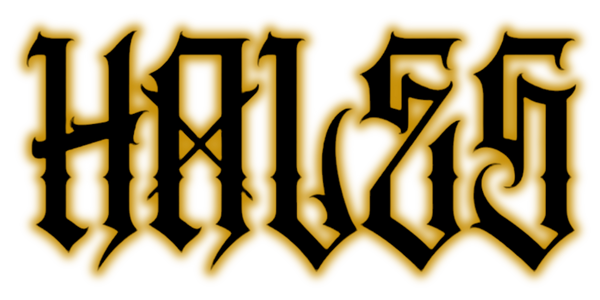9 Things You (Probably) Didn’t Know About Geishas — The Grit Behind the Grace
August 15, 2025 – Nicole Jones

Graceful, poised, untouchable… and tough as hell. Geishas aren’t costume‑party mystique—they’re elite artists who earn their place the hard way. Here’s the real story—fast, edgy, and respectful—behind Japan’s most misunderstood icons.
1. “Geisha” is the job title. “Geiko” and “Maiko” are the path.
Geisha literally means “art person.”
In Kyoto, pros often call themselves geiko.
Apprentices are maiko—the ones with the longer, draped darari‑obi and more ornate hair. Think varsity vs. pro league.
2. Training starts with chores, humility, and hustle
Before the spotlight, there’s shikomi—house work, errands, etiquette boot camp—while grinding through daily lessons: traditional dance, shamisen (three‑stringed lute), tea ceremony, singing, and dialect. It’s long days, sore feet, and zero excuses.
3. “Learn by watching” is literal
After debut (misedashi), many apprentices do minarai—they attend banquets primarily to observe. Onee‑san (their mentor “older sister”) leads; the maiko studies the room, timing, and how to hold an audience without trying too hard. It’s field training with stakes.
4. No, geishas aren’t escorts
Their skill is in conversation, music, dance, and atmosphere—the art of making a night unforgettable without crossing that line. Always has been the point; always will be.
5. The look is not just fashion—it’s a status code
Collar: Maiko wear a vivid, embroidered red collar; full geiko switch to a crisp white (erikae, “turning the collar”).
Obi: Maiko’s long, heavy darari‑obi is a flex—beautiful and brutally heavy.
Hair: Maiko wear their own hair in elaborate styles; geiko usually opt for a sculpted wig.
Footwear: Those tall wooden okobo clogs? Gorgeous—and a workout.
6. The bills are real, and the business is serious
Most start in an okiya (geisha house) that fronts training costs—lessons, kimono, hairstyling. Traditionally, you repay through bookings over time. The neighborhood booking office (kenban) handles schedules and fees. It’s an economy of craft, reputation, and reliability.
7. Gatekeeping is part of the mystique
Ever heard ichigen‑san okotowari? “No first‑timers.” Many teahouses in Kyoto’s hanamachi districts book by referral only. It preserves standards and protects performers. If you get invited—congrats, a whole network vouches for you.
8. It’s a full‑body sport
Kimono can weigh like armor. Dance rehearsals burn. Holding posture for hours while reading a room is a professional skill. Add seasonal events and nightly ozashiki (banquets), and you’ve got a career that’s equal parts athlete and artist.
9. Tradition evolves—craft stays sharp
Modern geiko and maiko still master the classics, but programs, ages, and career paths are more flexible than decades past. The core hasn’t changed: discipline, elegance, and the ability to turn a quiet room electric.
Why this inspires our Geisha Flannel
We built the Geisha Flannel around discipline and symbolism: precision lines like a perfectly tied obi, high-contrast details that read across the room, and a craft-first build because beauty means nothing without durability. We honor the facts—traditionally, geishas did not wear tattoos—so the look stays clean, not cosplay. The palette does the talking: pinks for sakura (cherry blossoms) and light jade imagined as her robe—calm on the surface, iron will underneath. Quiet power, razor detail, zero filler.
